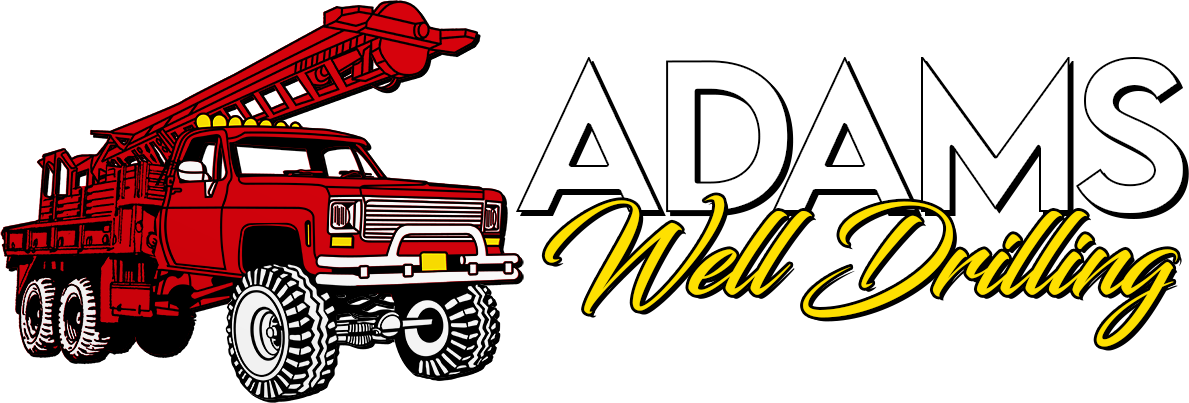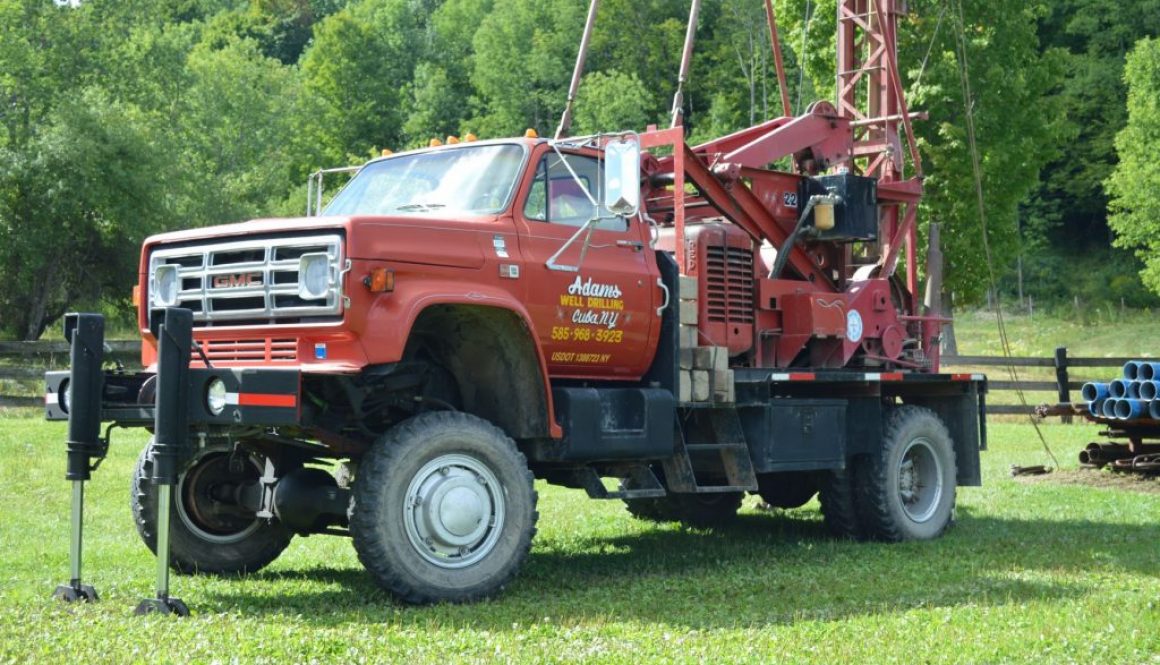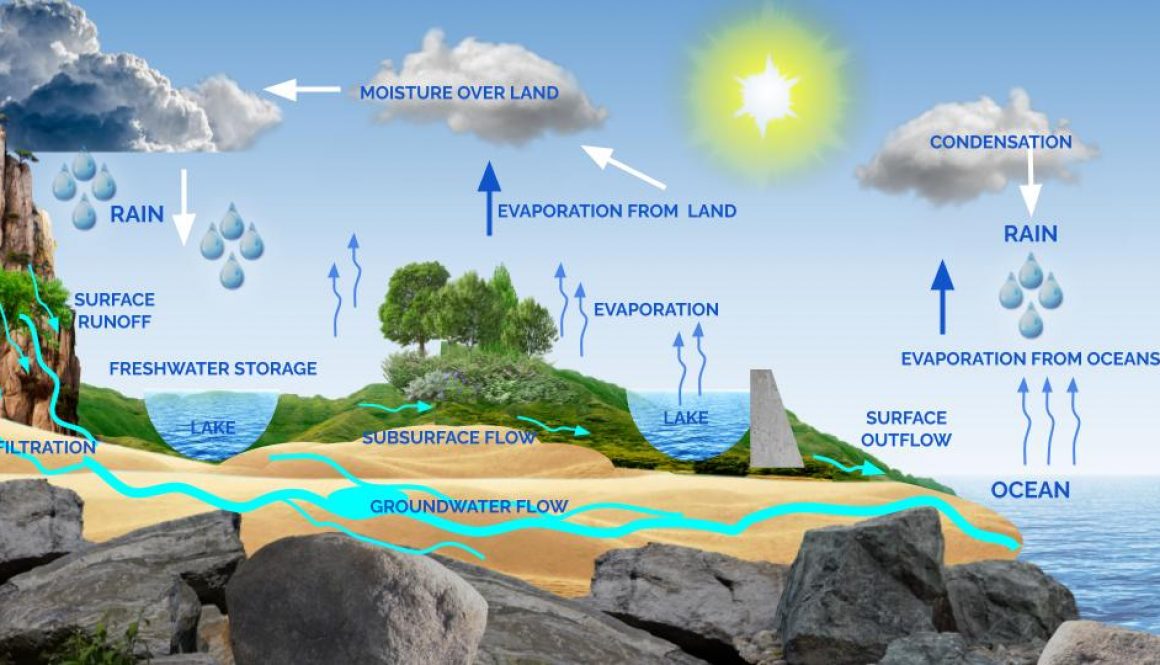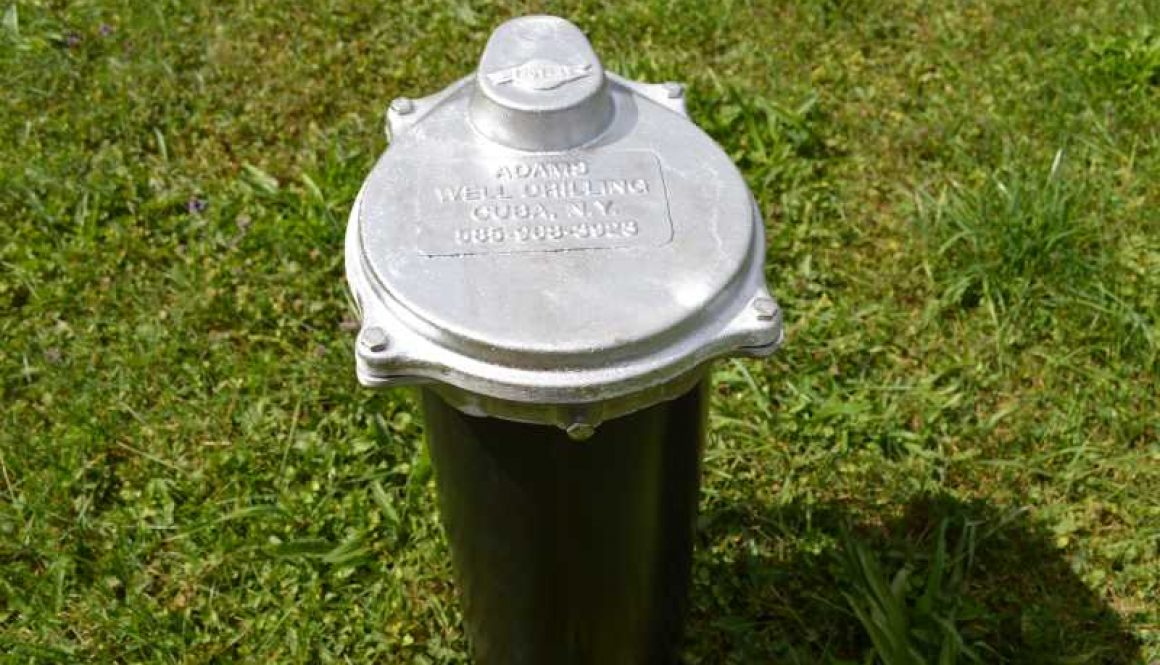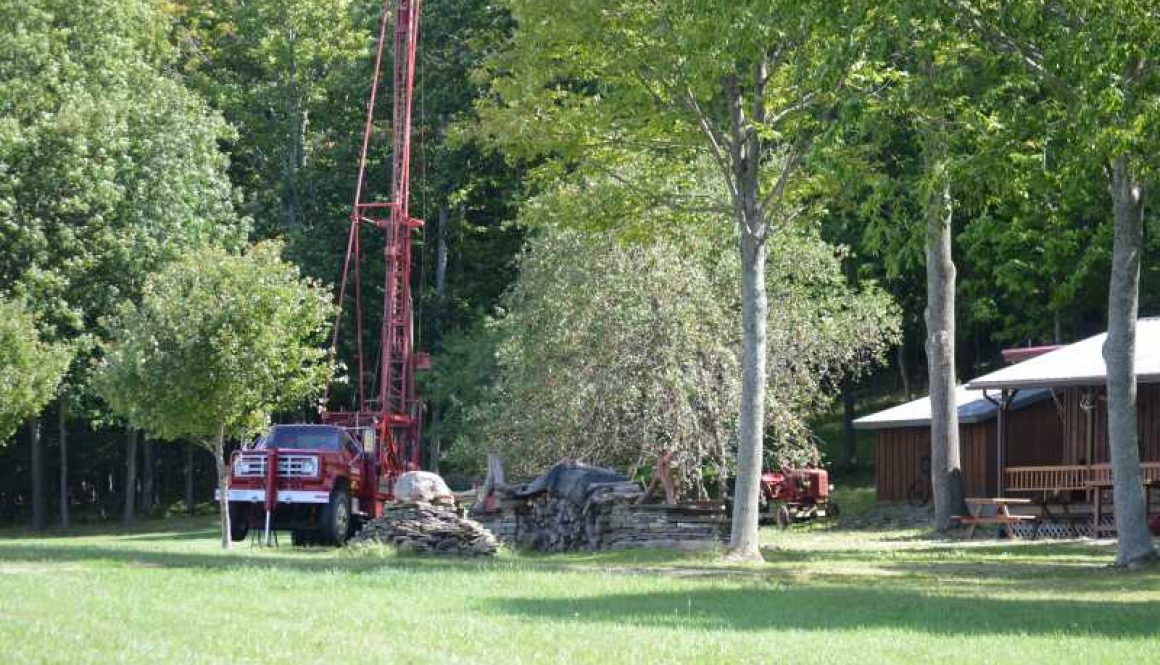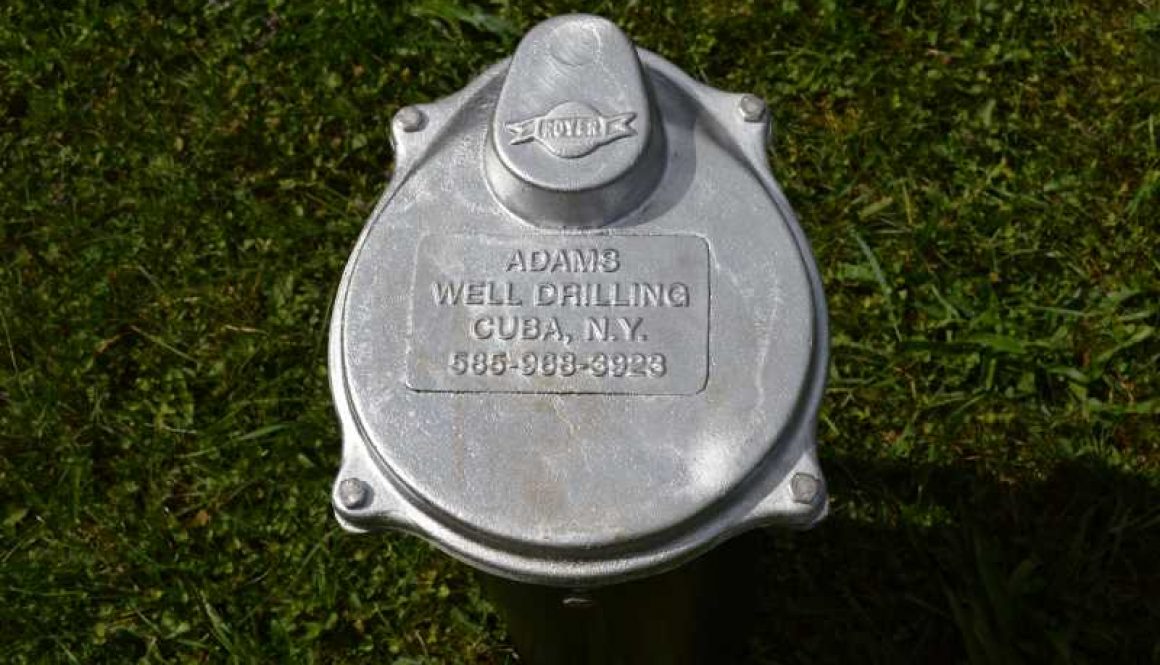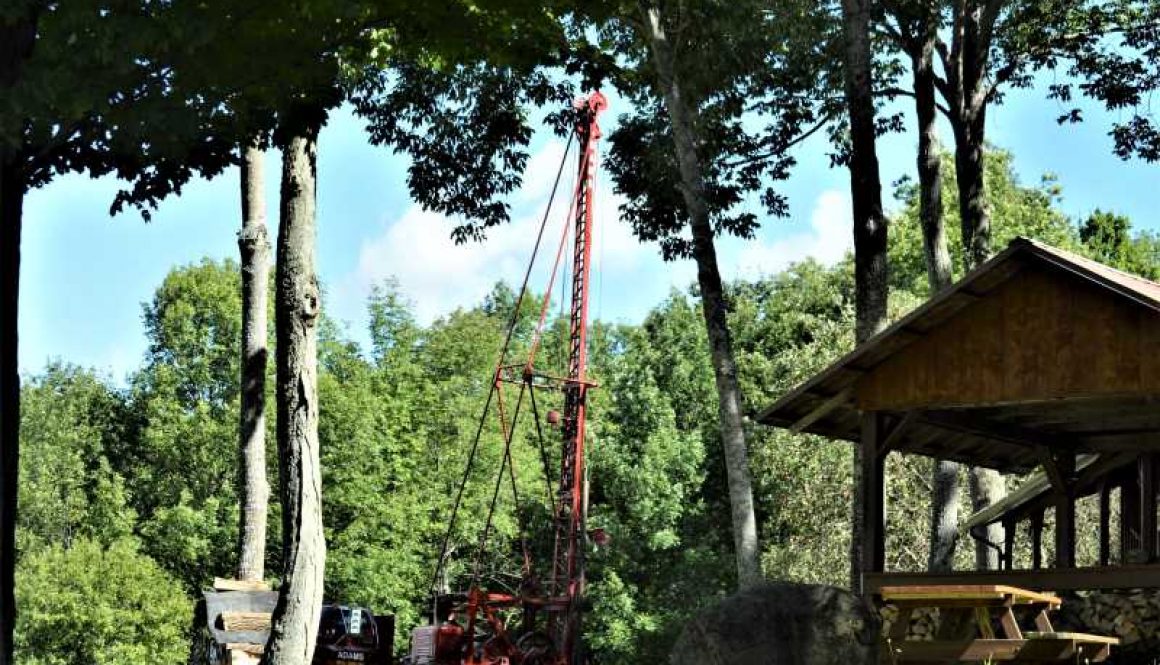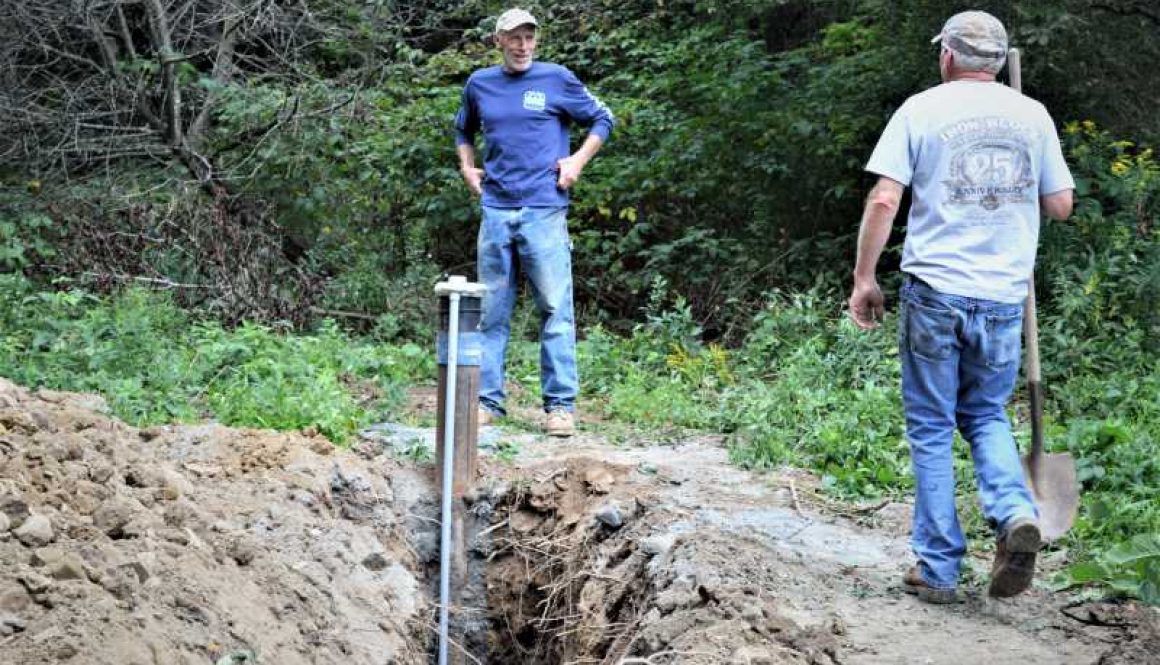Are Private Residential Water Wells Regulated by the Government?
By Don Adams
Adams Well Drilling
Yes. But not to the extent you’d imagine.
Governments at various levels regulate private residential and commercial wells. The reason for this is simple: safety. You want to ensure everyone using water from the well can rely on ample volumes of quality water for years to come. Like anything in life, the finished product equals the amount of care and effort you put into it.
Most states enforce standards for well construction, water quality and property rights. No, the feds won’t be sending out inspectors to oversee the installation of your water well and pump infrastructure. But at the very least, local officials will want some quality assurance that drilling and well construction are done correctly and that the people consuming the water will be healthy.
In New York State, private wells must be installed by a professional well driller registered, tested and certified with the state Department of Environmental Conservation (DEC). Specific county health departments and/or municipalities may have their own specifications and permitting requirements. (Click here for Allegany County, NY. Click here for Cattaraugus County, NY.)
The professionals at Adams Well Drilling are NYS registered, tested and certified to perform all water well drilling, pump installation and on-site maintenance. An experienced well drilling and pump installation contractor should know the local requirements, or have the ability to research your needs quickly. But we always encourage property owners to educate themselves to avoid future problems and be a valued partner in the process.
Here’s a nutshell breakdown of what you need to know:
NYS Residential Water Well Regulations
Well Construction and Pump Installation
The well and all of its components must meet certain construction standards and protocols for the consumer’s safety. Each must be documented on a NYSDEC Well Completion Report, which must be filed and available for review upon request. Specifications include:
- Well depth and casing – The depth must be recorded, and the casing must extend at least 19 feet below grade. The top end of the casing also must be at least 1 foot above ground level.
- Well cap – The cap must be bolted tightly to the top end of the casing. A perfect seal ensures it is water tight and safe from external contaminants including microbes, environmental runoff, man-made waste and even small animals. Split caps are forbidden.
- Concrete or grout – After the casing is installed, the space around it must be filled with an impermeable sealant such as concrete or grout. This also ensures external contaminants cannot infiltrate the well and foul your water table.
- Grading – Leveling the area around the well head helps to prevent ponding during periods of heavy rain or snow runoff. Ponding potentially allows disease-causing bacteria to grow and eventually infiltrate the aquifer below. A helpful practice is to either locate the well head on higher ground or grade the surrounding land to direct surface water away.
- Yield – The volume of water your well produces per minute, hour and day is the yield. This detail must be recorded in final documentation.
- Pump – The pump and all of its details (make, model, serial number, capacity, etc.) also must be recorded. Here at Adams Well Drilling, we proudly use only American-made pumps by Goulds Water Technology – a Xylem brand, the leading technology in water wells.
These details may also be verified during a state site inspection, if applicable.
NYS Distance Requirements from Potential Contaminants
The DEC lists the following distance requirements from potential groundwater contaminants. During the cycle of hydrology, much of the groundwater that reaches or flows through your property as rainfall or snowmelt will seep down through the
- 200 feet from manure storage
- 150 feet from a seepage pit
- 100 feet from a leach bed
- 50 feet from a septic tank
- 50 feet from a sanitary sewer
- 25 feet from a stream, lake, watercourse, drainage ditch or wetland
The National Ground Water Association (NGWA) also urges minimal distances between the wellhead and sources of contaminants. Local municipalities may require their own, more stringent, minimal distances. Pay close attention to these, even after the well is installed, because you’ll ultimately be responsible for ongoing water quality tests.
Federal Requirements
While the federal government issues guidelines for water well safety, it very rarely steps in to enforce those standards. However, a private well serving enough people technically qualifies as a public water utility. To qualify, a water system must serve water for human consumption (drinking, food preparation, bathing, dishwashing, etc.) to at least 15 connections for 25 people at least 60 days each year. Such a system would be governed under the federal Safe Drinking Water Act.
Educate Yourself. Water Well Regulations Will Keep You and Your Loved Ones Safe
Government regulations protect everyone involved. But most importantly, they protect the water customer from environmental hazards and equipment mishaps that could happen in any industry. So let’s do it right the first time. You know your property, and you know your water needs. The process may seem overwhelming, but educating yourself on the requirements before contracting the job will go a long way toward quality assurance.
If you have any questions, contact the well-drilling experts at Adams Well Drilling at (585) 968-3923.
